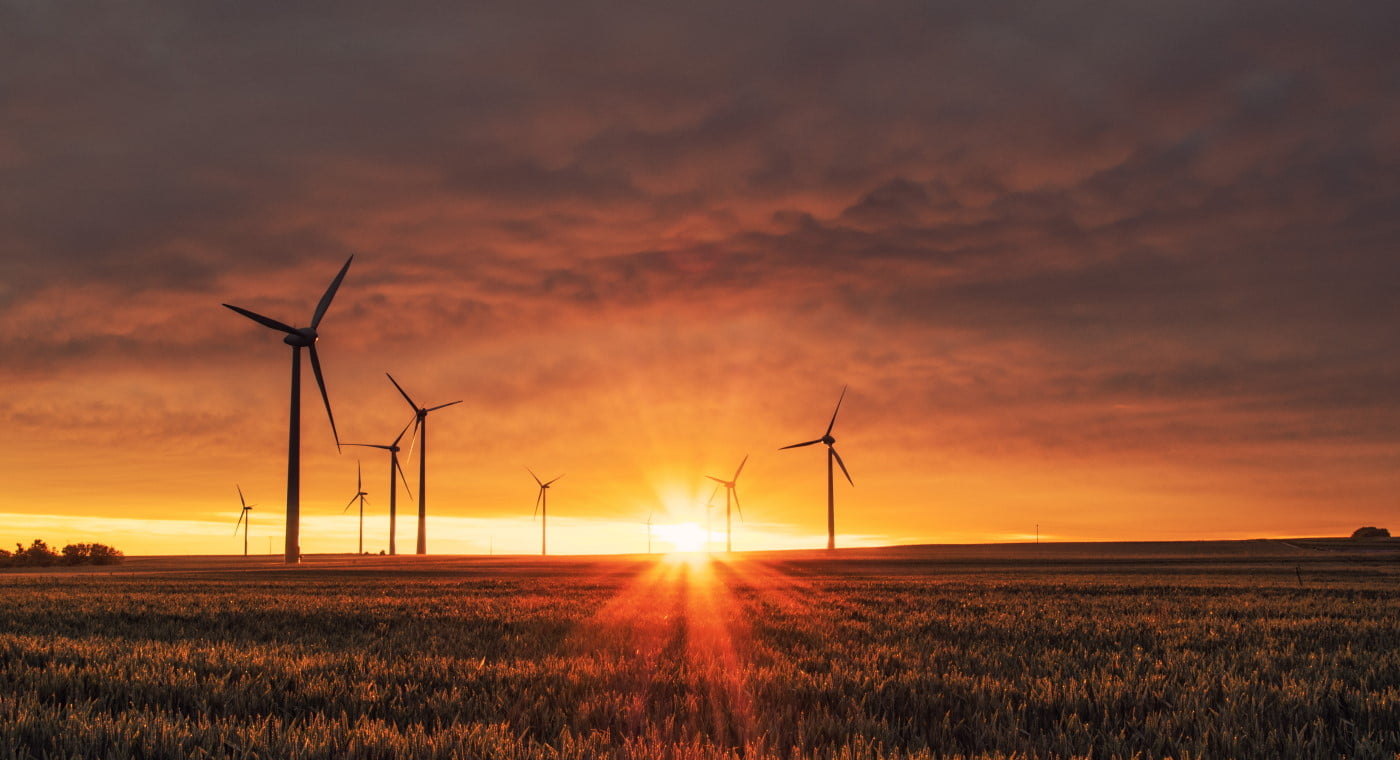By EU standards, Estonia gets a very low percentage of electricity from renewable sources, at around 25%. Some countries like Poland and the Czech republic are much worse but most, including Latvia and Lithuania, are generating a much higher percentage of renewable power.
It's encouraging then when an Estonian energy company reports a significant increase in their renewable energy production and looks set to continue to improve.
In a press release a few days ago Enefit Green, Eesti Energia's renewable energy company reported their results for 2020. They generated 1.35 terawatt-hours (TWh) of power in 2020, around 11% more than in the previous year. The power usage was spread across Estonia, Latvia, Lithuania, and Poland, but the amount is about the equivalent of the electricity demands of Estonia for about two months.
Those still aren't such impressive numbers, but considering that Estonia currently gets the vast majority of it's electricity from solid fossil fuel generation and is planning on building it's first nuclear power plant, any increase in the renewable percentage has to be a good step.
The largest contribution to Enefit Green's output was from wind farms in Estonia and Lithuania, generating a total of 1.14 TWh of electricity, while the company's cogeneration plants in Estonia and Latvia produced 185 gigawatt-hours (GWh) of electricity.
Aavo Kärmas, CEO of Enefit Green, pointed out better wind conditions and increased reliability of power plants as the reason behind good production results. "Last year, the average wind speed in our wind farms was 6.9 meters per second, to compare, the same figure in 2019 was 6.6 meters per second - there is a significant difference. In order to "catch" this wind, the wind turbines must be ready for operation at the right time, and in 2020, the reliability of our wind farms was very good. The main effect in terms of wind turbine reliability has been given by the collection and analysis of digital production data over the years, which enables faster response to failures and shortening the duration of interruptions,” Kärmas explained.
They also increased solar electricity production almost three-fold during the year - Enefit Green's solar power plants in Estonia and Poland generated more than 25 GWh of electricity in total. "In Poland, our solar electricity output more than quadrupled. The Polish market has great potential from the investor's point of view, as the state often holds renewable energy auctions and the price of electricity is undoubtedly the highest among our home markets. We are definitely interested in expanding our activities in the field of solar electricity in Poland," Kärmas said.
On the island of Ruhnu they generated 570 megawatt-hours (MWh) of solar and wind electricity in 2020, meaning that more than half of the electricity needed on the island was produced from renewable sources.
Enefit Green also owns a hydroelectric plant in Keila-Joa, which increased production by 36% in 2020.
According to Eesti Energia, Enefit Green should play an important role in achieving their strategic goal, with a plan envisaging that in 2024, 43% of the Group's energy production will come from renewable sources.
